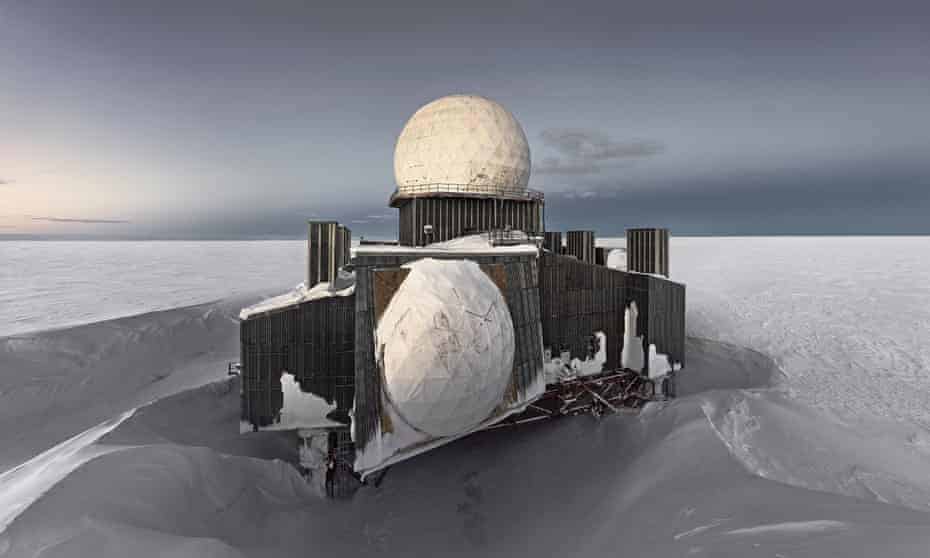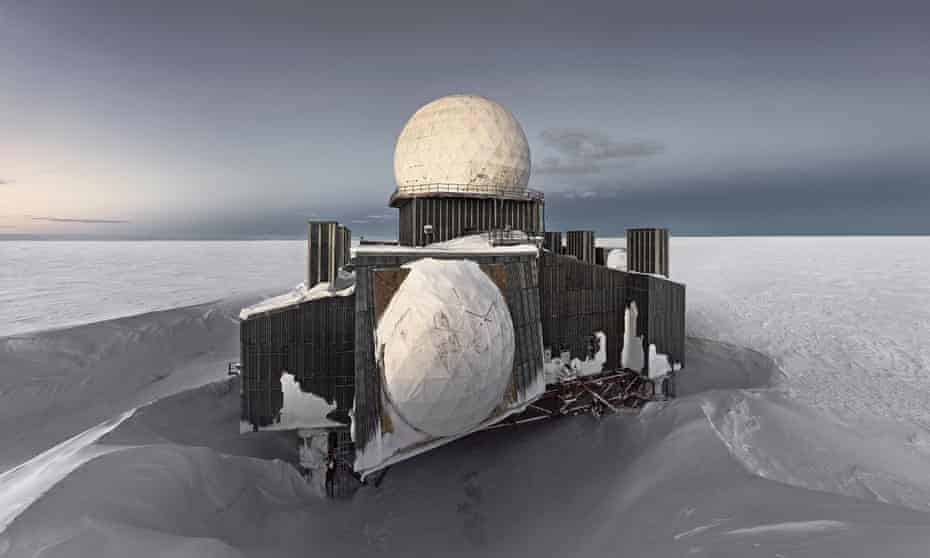
A moon of the planet Jupiter called Europa could hold pockets of water just below its icy surface, according to scientists basing their hypothesis on observations of the surface of Greenland.
Europa is one of the main candidates for the search for extraterrestrial life in the solar system, because of the supposed presence of an ocean of liquid water. But it would be located under a thick layer of ice, up to 20 to 30 kilometers below the surface, according to data collected by space probes.
On the other hand, some of this water could be much closer to the surface than imagined, according to the study published Tuesday in Nature Communications, which emphasizes that Europa is “young and geologically active.
The most common base consists of double ridges, a kind of furrow that can stretch for hundreds of kilometers and whose edges can rise to several hundred meters.
Researchers have put forward several hypotheses to explain their formation, including an interaction between the internal ocean and the ice sheet that covers it. But the difficulty of water to cross such a thick surface has led to the assumption that the formation of the ridges is made with pockets of water located just below the surface.
This is exactly what a team of geophysicists from the American University of Stanford has observed… in Greenland, an island mainly covered with ice.

They discovered “a double ridge of ice that is similar in shape to the double ridges found on Europa,” explained Riley Culberg, a doctoral student in electrical engineering at Stanford and lead author of the study. It is about 800 meters long with an average height of 2.1 meters, and is located about 60 km from the coast in northwestern Greenland.
Scientist Dustin Schroeder, professor of geophysics at Stanford, explains that they were “working on something completely different related to climate change and its impact on the surface of Greenland, when we saw these little double-ridges.”
Satellite images and data collected by airborne radar allowed “for the first time to see something similar (to Europa) on Earth and to observe the subsurface processes that led to the formation of the ridges,” Riley Culberg explained.
The researchers modeled a process involving the freezing, pressurization and fracturing of a shallow water pocket, leading to the formation of the double ridge.
“The water we observed in Greenland is in the first 30 meters of depth of the ice sheet,” Culberg says. On Europa, whose ridges are much higher and longer, he estimates that “the water pockets could form between one and five kilometers deep”.
In the case that their formation mechanism is the one proposed, these pockets could be very widespread. And if the water that composes them comes from the internal ocean, they could contain traces of extraterrestrial life.
These two upcoming space missions will allow us to know more, from 2030. Europa Clipper, for NASA, will be equipped with a radar similar to that used to study Greenland. JUICE, for the European Space Agency (ESA), will also study Europa and the two other icy moons of Jupiter, Io and Ganymede.




